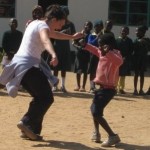
Photo credit: http://gopixdatabase.com/stop+look+listen+signs
Time is of the essence every day as an educator. We constantly feel like we are racing the clock with so much to do. It’s easy to let the content of our teaching become the only focus of what we do each day with careful planning of the activities, lessons, and projects that we provide our students. While this is what makes us good teachers, we become great to the degree that we can infuse humanity and empathy into our interactions with our students. These interactions have the potential to create spaces in our schools where our children feel they are fully seen and heard.
“To need to be seen, to be heard, to be valued is simply to be human.” ~L.R.Knost
When we are seen and heard we are given a platform from which we can become our most authentic selves and shine. As teachers, we naturally desire to value our students in this way but find that on the busiest days it can be a challenge. The words STOP, LOOK, and LISTEN are three simple guideposts that can help us find time to lean into empathy, compassion, humanity, and connection with our students even when life gets busy.
STOP
To stop is to take time to question our first response. I would dare to guess that we offer dozens of responses to achievements and choices every day. No response is isolated. Children are constantly observing how we praise, discipline, and encourage them. Their wise and perceptive minds are always at work creating pictures and stories about their safety and sense of value in our spaces. Our ability to stop becomes a brushstroke on their canvas or a page in their story leading to an added sense of confidence and comfort that sets a foundation for deep and meaningful learning.
LOOK
To look is to fully see children and affirm them in who they are. Notice their race, learn about their religion or family traditions, and find ways to celebrate their differences. While we strive for equality, we have the opportunity to deepen our practice as educators by striving for equity. In an equitable classroom, the needs and story of each individual are considered, thus providing a springboard from which all students can succeed. Looking takes time. Take the time to look and you’ll be amazed by what you will see.
LISTEN
The crazy things kids say can bring us joy and frustration all at once but what we take away from those moments can be very powerful for both the teacher and the student. What are our students’ stories? What are they saying and how do they react to one another? How do we respond when someone in our class says kind words? How do we respond when someone in our class is not kind? The answers to these questions can be opportunities to deepen our relationships with our students by showing them that we are listening and they are important.
We must remember that while we are shaping and molding the children in our lives, they are also shaping and teaching us. So with every moment that we stop, look or listen we are growing, holding ourselves accountable, and practicing the imperative value of empathy.
I am always trying to learn how to hold myself gently, but also hold myself accountable, as well as do the same for the people around me. ~Sarah Kay
Learner, Thinker, Writer: Lilliangina Quiñones (@lillian_gina) serves the Trinity School community as a World Languages Teacher.



 It truly is a wonderful time of year. As we look around and see all the holiday decorations, hear the sounds of giggles discussing what the elf has done to each house, and cheerful music fills the air, it’s so easy to become overwhelmed with the lack of time and our lists that are pages long.
It truly is a wonderful time of year. As we look around and see all the holiday decorations, hear the sounds of giggles discussing what the elf has done to each house, and cheerful music fills the air, it’s so easy to become overwhelmed with the lack of time and our lists that are pages long.

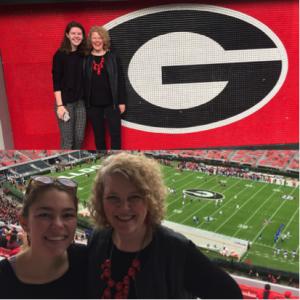

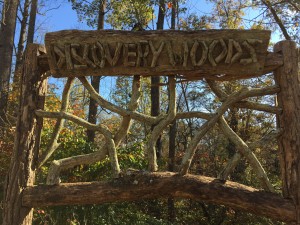
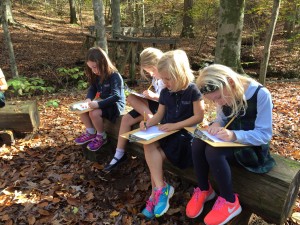
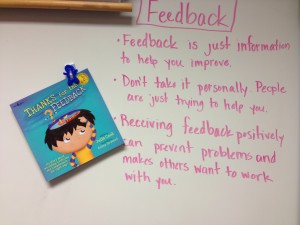
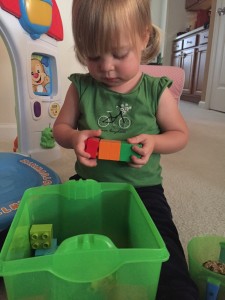 The block tower falls over and I immediately say, “Uh ohhhh,” prepared to console my toddler after all the work she put into her creation. But she looks at me as if she wasn’t so worried about it! Then she proceeds to gather the blocks and rebuild– this time, with the bigger blocks on the bottom.
The block tower falls over and I immediately say, “Uh ohhhh,” prepared to console my toddler after all the work she put into her creation. But she looks at me as if she wasn’t so worried about it! Then she proceeds to gather the blocks and rebuild– this time, with the bigger blocks on the bottom.